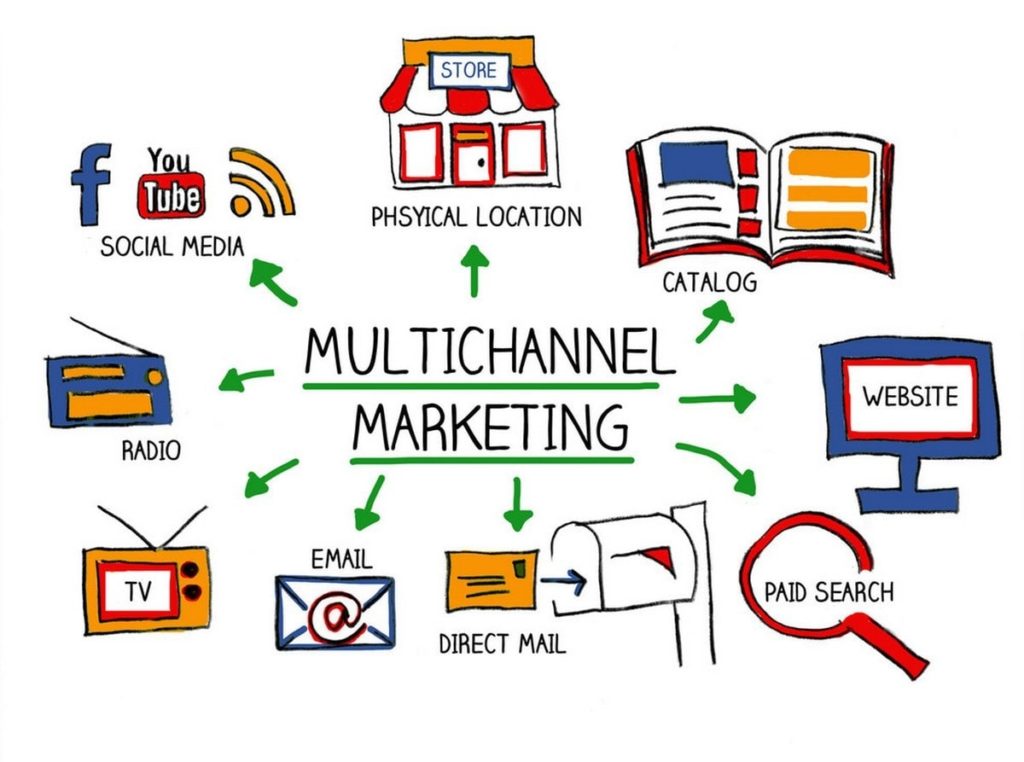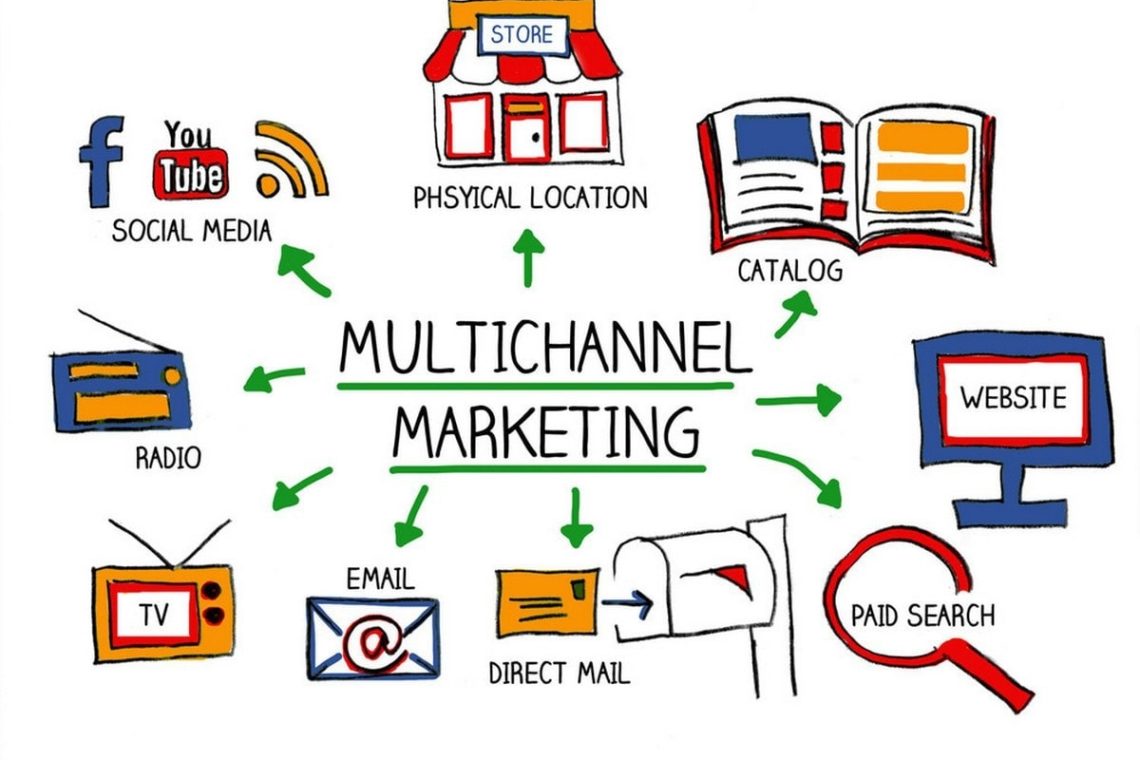
Cross-Channel Messaging Campaign: What Is It?
As you may assume, cross-channel messaging entails coordinated customer communication over multiple channels.
In that it distributes your brand’s content in the format and at the time you determine will be most helpful for your audience, a cross-channel messaging approach is strategic.
Given the vast amount of brand messages your audience already receives on a daily basis in the market today, your brand should strive to build its presence in as many channels as possible.
A more effective technique to cater to your audience across platforms based on their specific behaviour is to launch a cross-channel strategy. A more strategic approach than barrage your users with unwanted messages in a single channel can be to send complementing messages across channels. Users may become irritated by or lose interest in your brand if you send them too many or the wrong messages at the wrong times.
As an illustration of a cross-channel flow, consider the following. You can send users an onboarding email series highlighting your gaming app’s key features when they download your app. After they have responded to these emails, you may retarget them with a push campaign that implores them to reach important game milestones.
When opposed to using one channel as your main communications channel, cross-channel messaging can ultimately be more beneficial. A more clever and economical way to make the most of each channel in your messaging plan is through cross-channel marketing.
In order to improve users’ relationships with your brand, it’s also a better approach to nurture leads, offer the best customer experience, and adopt personalisation.
OneSignal’s Effectiveness as a Marketing Tool
As a global leader in customer messaging and engagement, we offer push notifications for mobile and web, in-app chat, SMS, and email. One million enterprises are able to send more than 10 billion messages every day thanks to our strong multi-channel platform. OneSignal is built to expand with your organisation and deliver messages more rapidly and reliably than the competition. It is powered by superior architecture.
Cross Channel Messaging Workflows: When to Use Them
Match the frequency, type, and tone of a communication to the situation and stage that your users are in. In turn, this will help them get closer to the conversion you want. To retain users more effectively, you’ll want to play the long game and message them sparingly and intelligently in each channel.
A Cross-Channel Messaging Approach: Choosing the Best Medium
You can match your messaging objectives with the best use cases for each of the most efficient user communication channels by using a cross-channel strategy. Here are some suggestions on how to use each of these channels in the best way for the right use cases and how they differ from one another.
Five Pointers for Creating an Effective Cross-Channel Messaging Campaign
- Create a plan that can be measured.
Optimizing your follow-up approach requires an understanding of how your audience responds to your messaging. This entails monitoring user responses to your messages at each touchpoint so that the type, tone, and channel of the subsequent message in your campaign can be determined.
To determine the effectiveness of your efforts, benchmarking performance indicators should be at the centre of your process.
- Establish Important Goals
You should set targets for the engagement, conversion, and retention benchmarks that you’ve identified as critical to your plan in addition to monitoring performance.
Before creating and implementing your cross-channel sequences, you should specify the series’ precise objectives. What task do you want your users to finish once this process is over?
- Customize Your Communications
According to studies, personalisation plays a significant role in how well your audience will respond to your messaging.
Utilize your user data to better identify the best kinds of messages to deliver through various channels in order to more effectively tailor your communications. Journeys are a useful tool for efficiently tailoring the user experience since they let you respond to user behaviour.
- Create Messaging That Is Adaptive to Each Channel & The Customer Journey
You can achieve seamless cross-channel orchestration with a well-mapped and implemented journey. Engage audiences and provide automated, relevant, and tailored communications experiences.
Here are some examples of customer journeys that our clients have developed using the salient qualities we’ve outlined.
Several examples are as follows:
Using tags and customer segments developed in Mixpanel, Upside Health, a pain management healthcare app, launches a multi-week engagement sequence around their wellness events.
CeleBreak, a local soccer match searching and joining app, uses Journeys to automatically send alerts to users urging them to attend upcoming matches they have seen.
Sport fishing software FishVerify leverages Journeys to drive automatic, personalised onboarding sequences depending on user involvement and to launch fresh offers beyond the onboarding journey.
- Make Your Notification Cycle Automated
With automation, you may set off messages based on user behaviour and activities, allowing you to tailor the material to their individual experiences. Personalization makes you more relevant, which raises your open rates and encourages consumer interaction.
Start using OneSignal
FishVerify, a sport fishing app, uses Journeys to drive automatic, tailored onboarding sequences based on a customer’s interaction and to launch new offers beyond the onboarding journey.
OneSignal was created to make it easy for you to manage user communication through a variety of methods. Our platform requires little setup time and makes it simple to deliver bulk SMS, in-app messages, eye-catching emails, and push alerts. You can automate and trigger push alerts and emails based on user activity with our Journeys builder tool, all from a single campaign.
